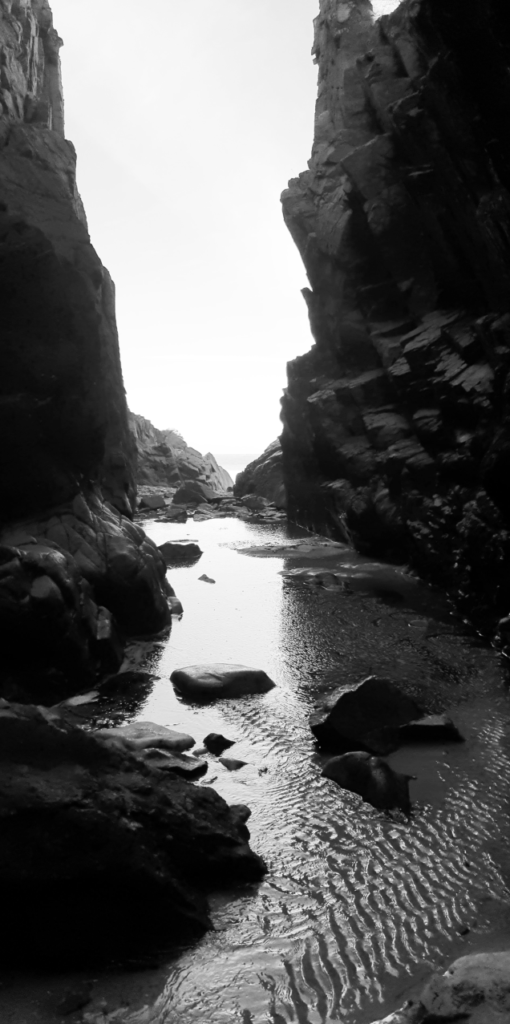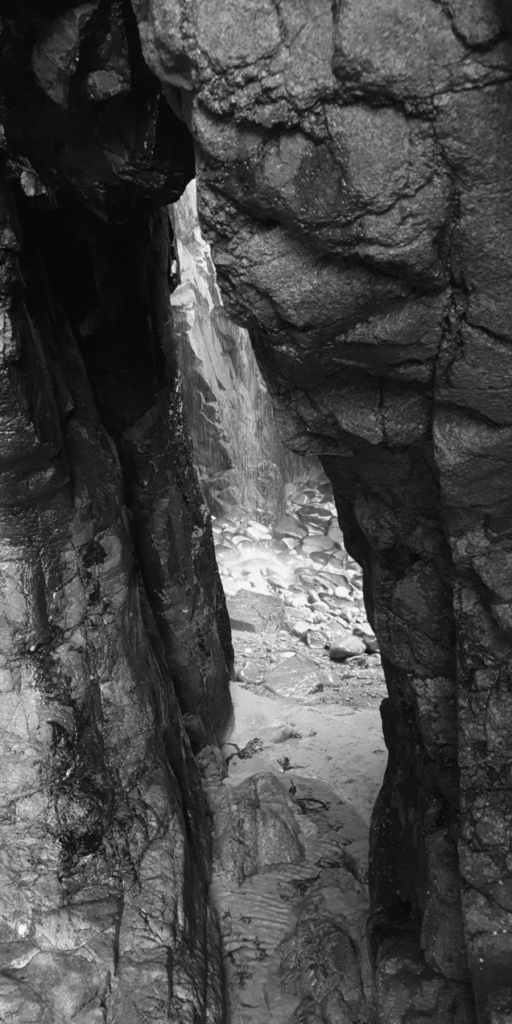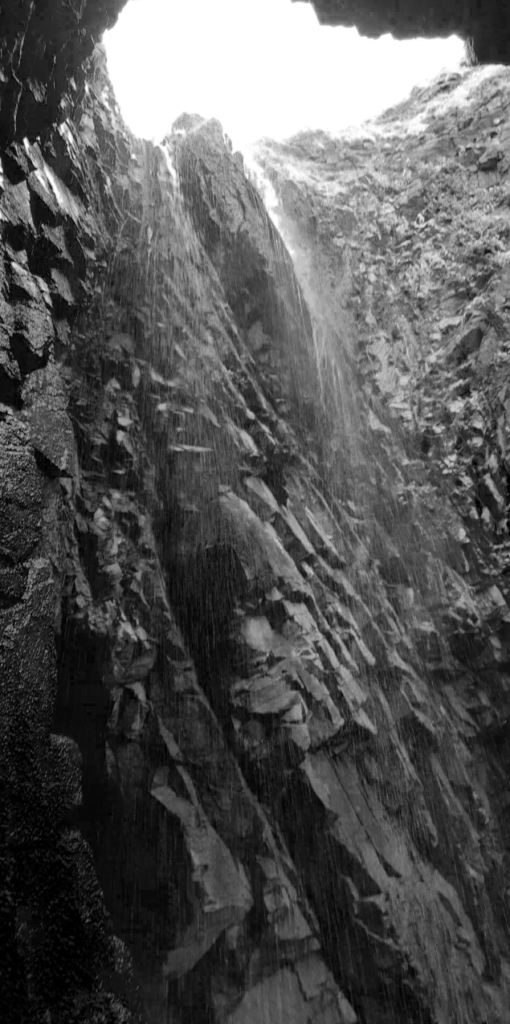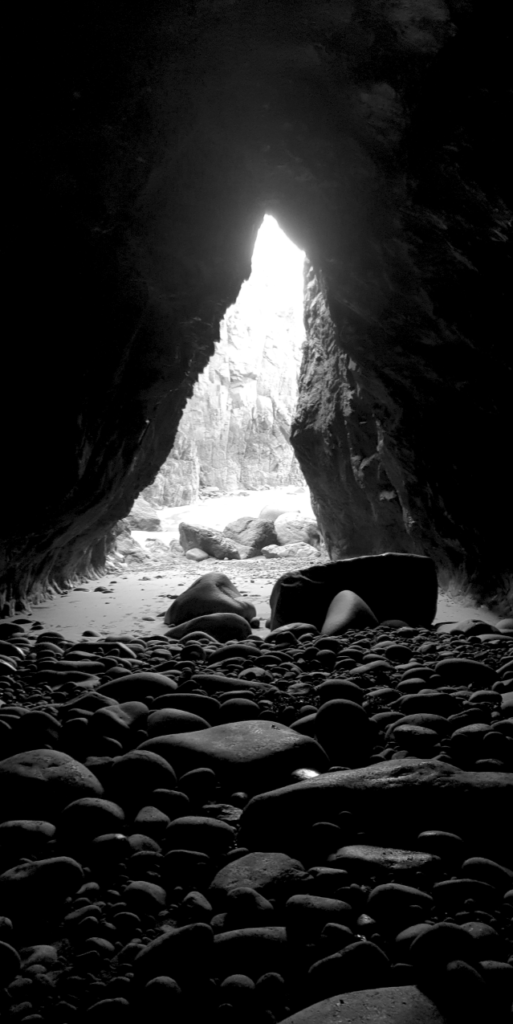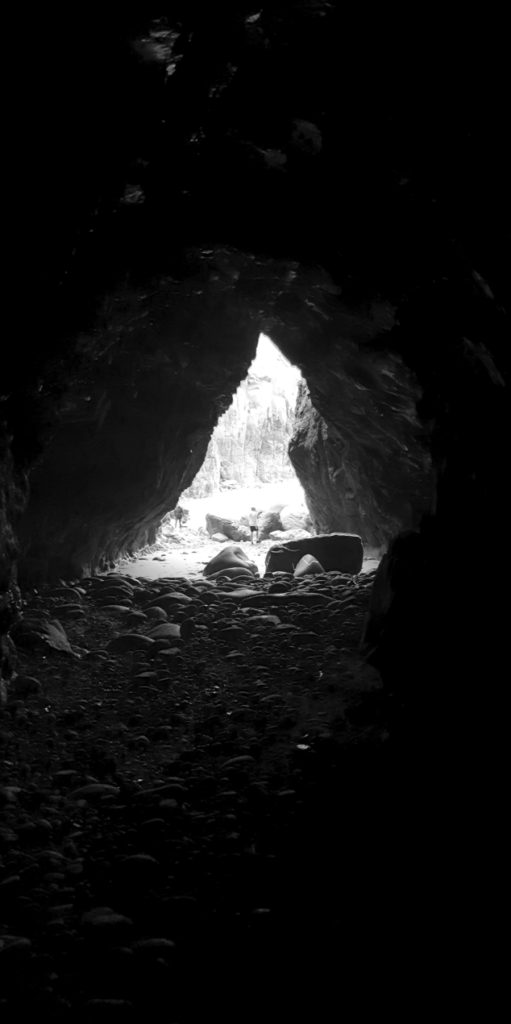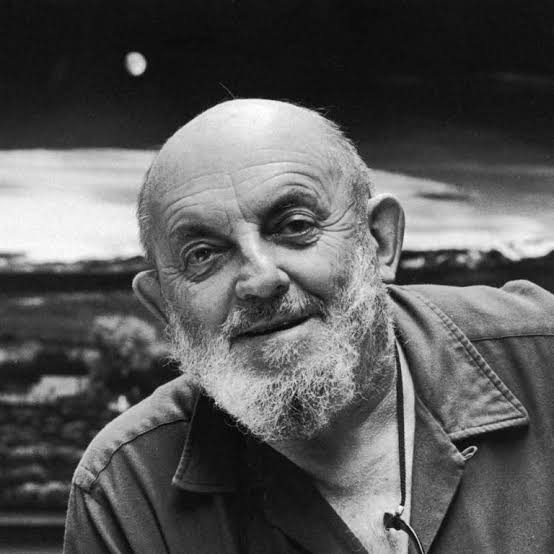
Ansel Easton Adams was an American landscape photographer and environmentalist known for his black-and-white images of the American West. Yosemite National Park was Adams’ chief source of inspiration.
What was his Childhood like?
He was born in San Francisco, California, the son of Charles Hitchcock Adams, a businessman, and Olive Bray. The grandson of a wealthy timber baron, Adams grew up in a house set amid the sand dunes of the Golden Gate. When Adams was only four, an aftershock of the great earthquake and fire of 1906 threw him to the ground and badly broke his nose, distinctly marking him for life. Adams was a hyperactive and sickly child with few friends. Dismissed from several schools for bad behaviour, he was educated by private tutors and members of his family from the age of 12. Adams taught himself the piano, which would become his early passion.
Adams’s love of nature was nurtured in the Golden Gate, but his life, in his words was “coloured and modulated by the great earth gesture” of Yosemite in the Sierra Nevada. During his first trip to Yosemite in 1916, his father gave him his first camera, an Eastman Kodak No. 1 Box Brownie. Yosemite Valley and the Sierra became a career- and life-altering place for Adams and is where he did some of his best work.

When Adams was 12, after being dismissed from several private schools for being restless and inattentive, his father removed him from school. For the next two years, he was tutored and educated by his father and aunt Mary, who raised him to follow Ralph Waldo Emerson’s direction “to live a modest, moral life guided by social responsibility to man and nature.” He eventually resumed his formal education at Mrs. Kate M. Wilkins Private School, where he graduated the eighth grade on June 8, 1917.
How did Yosemite National Park inspire his career?
In 1919 Adams joined the Sierra Club. The Sierra Club is an environmental organization based out of San Francisco and founded by Scottish-American preservationist John Muir. Traditionally associated with the Progressive Movement, the club was one of the first large-scale environmental preservation organizations in the world. For several years, Adams was caretaker of the Sierra Club’s LeConte Memorial Lodge (now known as the Yosemite Conservation Heritage Centre) in Yosemite Valley. He was deeply influenced by the organization’s environmental credo, and his first published photographs appeared in the Club’s 1922 Bulletin.
His large encompassing landscapes, for which he is best known, are inspired by the archetypal nineteenth-century idealized panorama, which was a typical genre in early painted and photographic depictions of the American West.
In 1927, Adams took his first High Trip as a member of the Sierra Club and made his famous photograph, Monolith, The Face of Half Dome.
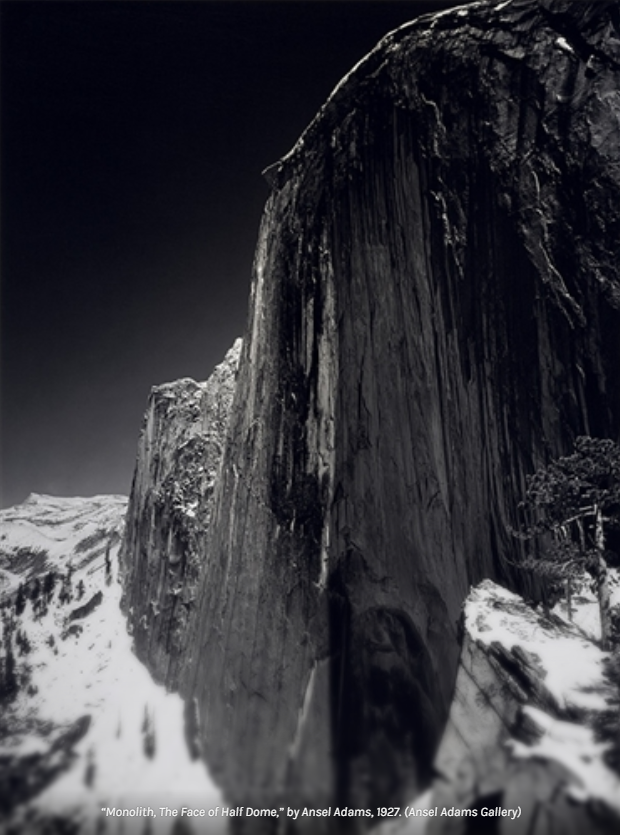
Later that year, with the help of San Francisco insurance magnate and patron of arts Albert M. Bender, Adams published his first portfolio: Parmelian Prints of the High Sierras.
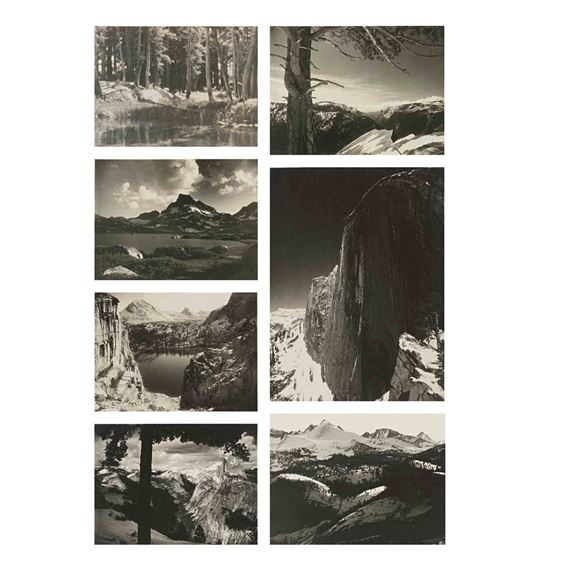
Why was the Kings Canyon at Risk?

In 1941, legendary photographer Ansel Adams was hired to shoot national parks for a photo mural at the Department of the Interior in Washington. With the escalation of World War II, the project was suspended. But before its abrupt end, Adams had created a series of 226 incredible images, including several from the Grand Canyon in 1942.
When was the proposal to create the national park approved?
In 1941 Adams was contracted by the Department of the Interior (DOI) to construct a photo mural of the National Parks, Native American Reservations, and other locations managed by the DOI. As an unremitting activist for the environment, Adams knew that this was an opportunity to showcase the wilderness. During this time, Adams captured his famous photograph The Tetons and Snake River.

America’s grand old man of photography visited the National Archives in September 1979. Back then, the agency was known as the National Archives and Records Service (NARS). Adams spent the day in the Still Picture Branch examining prints he made four decades earlier.
Adams examined the prints that were his preliminary work for the DOI photo mural. These included 175 photos of National Parks, monuments, and Native Americans of the Southwest. He also revealed that he was paid $22.50 a day for his work, plus a $9 per diem. In 1979 one of his prints sold for as much as $6,250 (roughly $22,000 in 2019 dollars).
Ansel Adams passed away on April 22, 1984, from cardiovascular disease in Monterey, California, at the age of 82 surrounded by his wife, two children, and five grandchildren.
What Medal did he receive?
In 1980, President Jimmy Carter awarded Adams the Presidential Medal of Freedom, the nation’s highest civilian honour, for “his efforts to preserve this country’s wild and scenic areas, both in film and on earth. Drawn to the beauty of nature’s monuments, he is regarded by environmentalists as a monument himself, and by photographers as a national institution.”




Visualization with Ansel Adams
Visualisation is the concept of interpreting a scene and deciding on the final shot before pressing the shutter. Taking place within the ‘mind’s eye’, as Adams often said, visualisation involves intuitively assessing a subject and choosing the most important attributes to frame and highlight.
In Ansel’s case, his knowledge of technique—knowing what a strong red filter ought to do—enabled him to imagine, or visualize, a final print with a much darker sky than the yellow filter would have afforded. He visualized how he wanted the print to look and used the techniques to execute his vision.
What was the Zone System?
The Zone System is a photographic technique for determining optimal film exposure and development, formulated by Ansel Adams and Fred Archer.
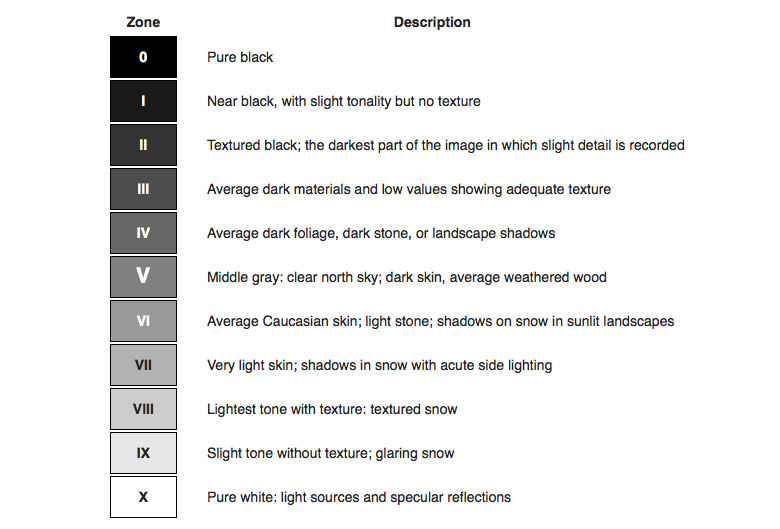
Each zone in the Zone System corresponds to a specific tonal value and exposure adjustment. For instance, Zone V is the middle grey, or 18% grey, which most meters are calibrated to. This zone represents a tonal value halfway between pure black (Zone 0) and pure white (Zone X)
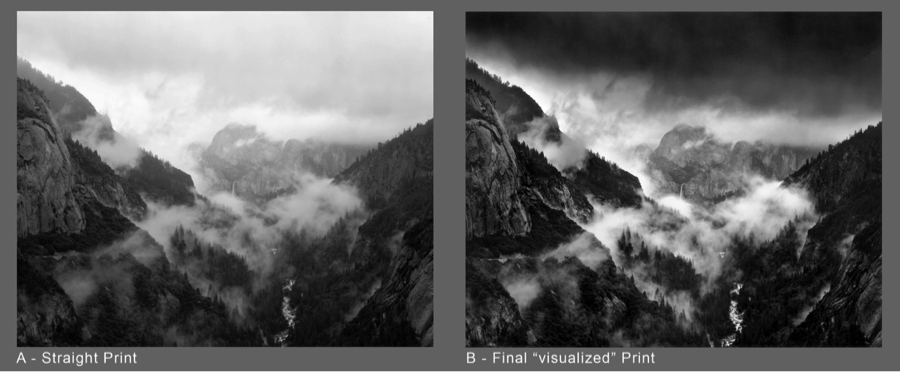
Mood Board
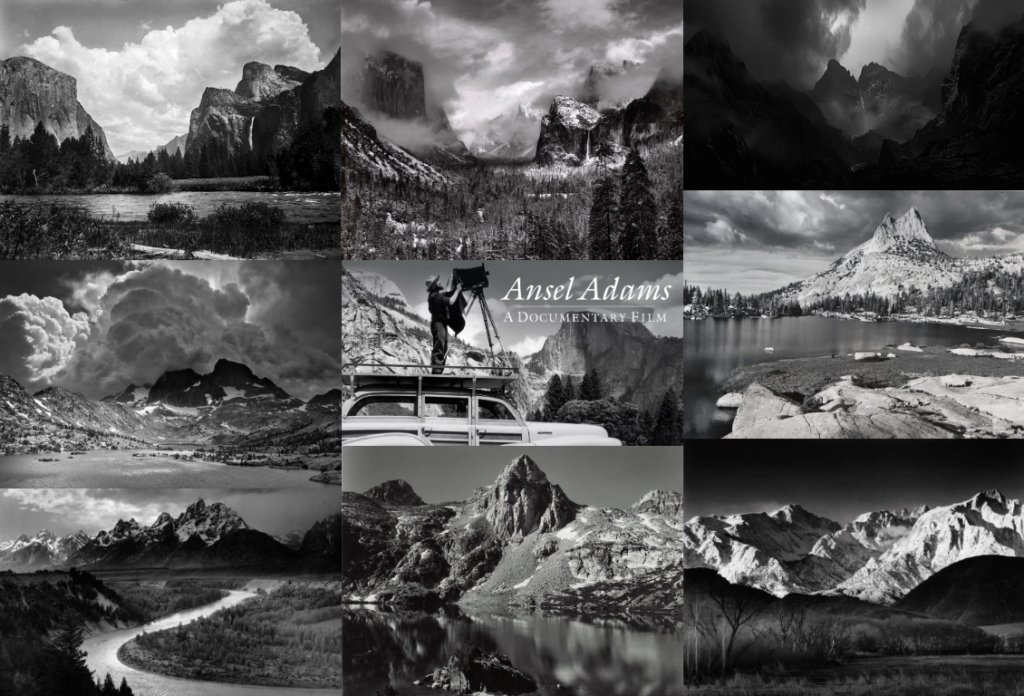
Ansel Adams Photoshoot Response
I edited my Original Images to Black and white and edited each images exposure individually.
